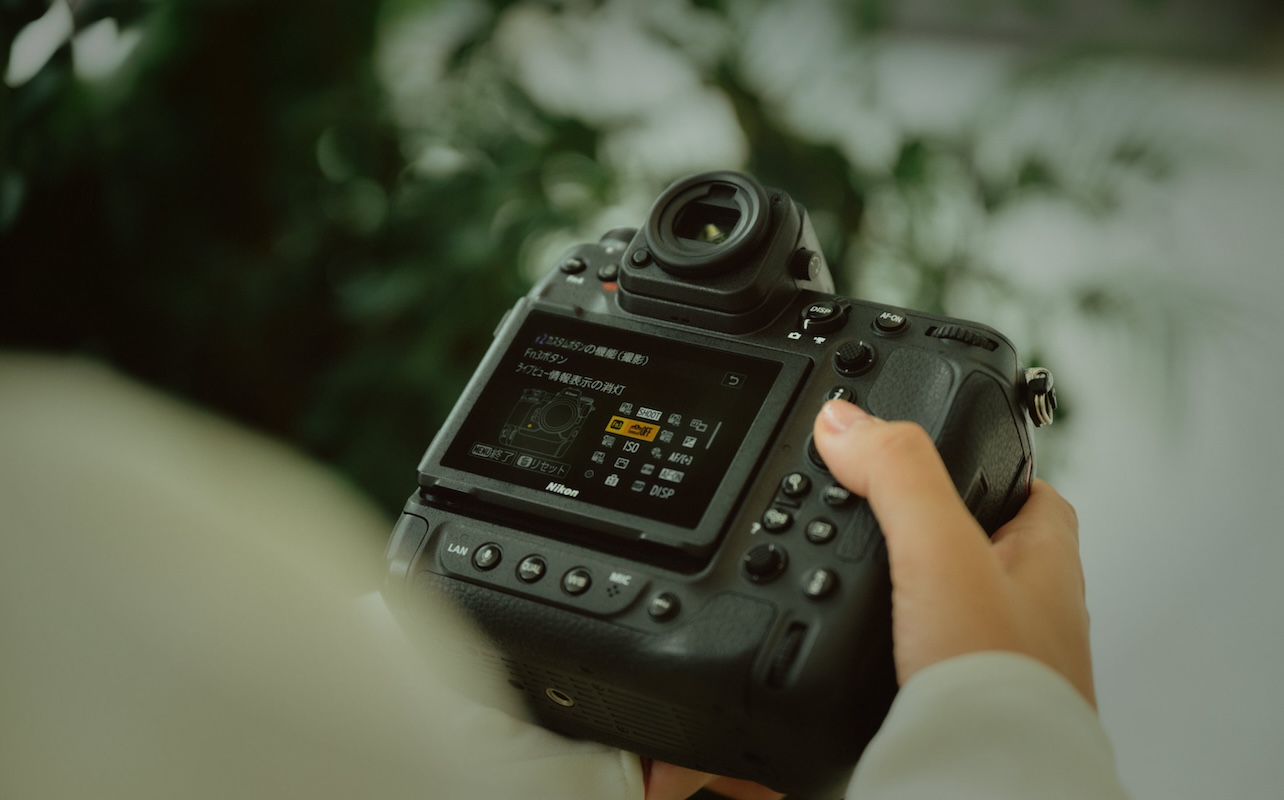
If you’re shopping for a new camera that can take professional-quality images, a DSLR camera will likely be where you’re starting your search. DSLRs are a popular type of digital camera that use a mirror mechanism to reflect light from the lens up into an optical viewfinder. DSLRs and, in the pre-digital age, SLRs have been the industry standard for decades. With recent developments in mirrorless cameras, are photographers still using DSLR cameras?
The answer is yes. Mirrorless cameras are becoming extremely popular among casual photographers and professionals. But DSLRs are still holding their ground. For many, they’re still a first-line option for those just stepping into the world of photography, moving up from a smartphone, or getting back into the hobby after a break. If any of those types of photographer sound like you, then this guide is for you. We’ll walk you through the basics so you can decide if a DSLR suits your needs and photography goals.
What is a DSLR camera?
DSLR stands for Digital Single-Lens Reflex. The “single-lens” part means the camera uses one lens for both composing the shot and capturing the image. “Reflex” refers to the mirror inside the camera body that reflects light from the lens into the viewfinder. This is different from compact point-and-shoot cameras or smartphones, which use digital screens to show you what you’re about to capture. With a DSLR, you’re seeing a true optical image, not a digital preview. That can help with composing shots and reacting instantly to moments as they happen.
One of the big advantages of a DSLR is the control it gives you. You can switch between automatic mode and manual mode depending on your comfort level or the type of shot you’re aiming for. And you can swap out different lenses as they suit your needs. Auto mode on a DSLR is great for beginners or quick snapshots, but manual mode lets you adjust settings like ISO, aperture, and shutter speed to fine-tune image quality. This flexibility gives you room to experiment and grow your skills over time.
In summary, a DSLR is versatile, hands-on camera system that gives you full creative control over your images. They produce high-quality, professional-resolution results and continue to be the camera of choice by many beginners and pros alike.
How DSLR cameras work
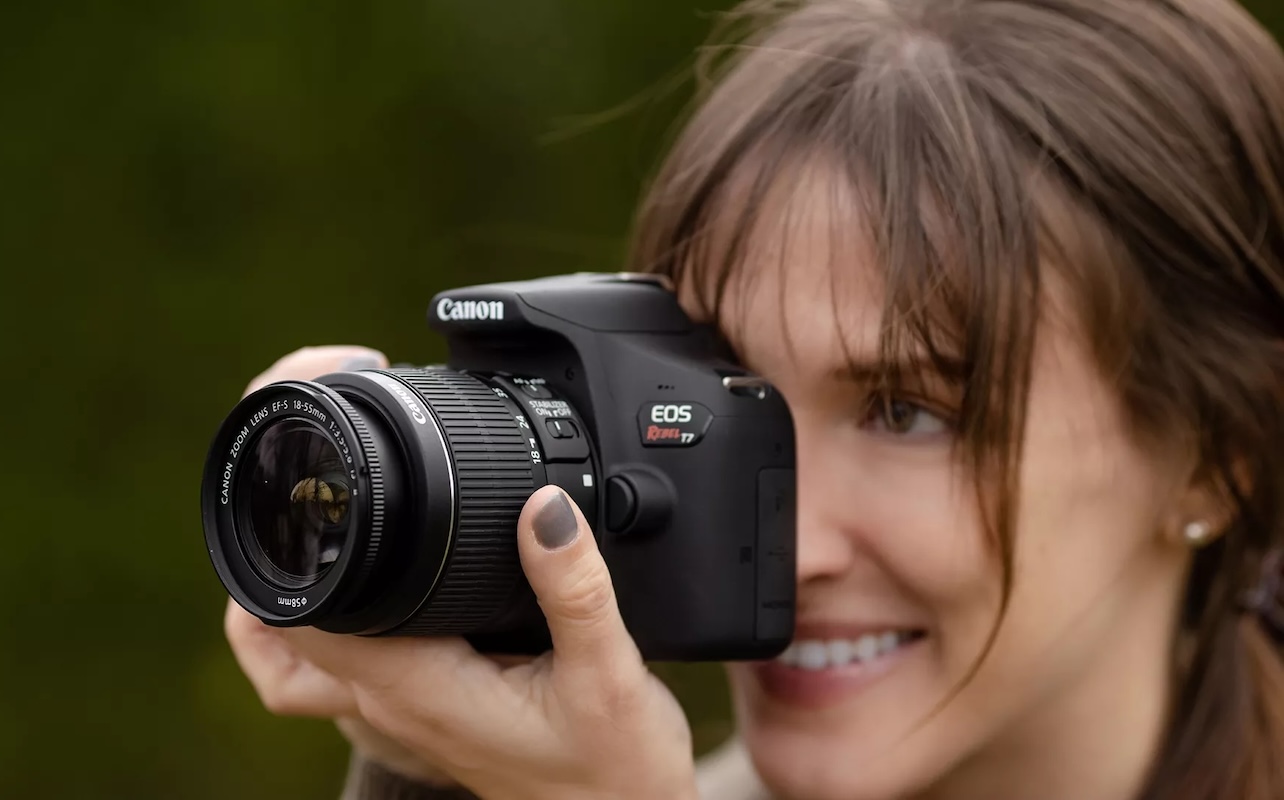
Here’s the magic in motion. Light enters through the lens of a DSLR, bounces off a mirror, travels through a prism, and lands in your optical viewfinder. When you press the camera’s shutter button, the mirror flips up out of the way, the shutter opens, and light hits the digital sensor, where it’s captured digitally as your photograph. This mechanical process gives DSLRs their classic click and tactile shooting experience. It also separates them from mirrorless cameras, which skip the mirror entirely and preview your shots digitally through both the rear LCD and the digital viewfinder.
To find out how a DSLR compares to a mirrorless camera, make sure to check out Best Buy’s mirrorless vs DSLR camera guide.
Key components of a DSLR camera
DSLRs are built with a few key components that set them apart from simpler cameras. Understanding these parts will help you make better use of the camera and take stronger photos from day one.
Interchangeable lenses
The lens on a DSLR is always interchangeable. You can swap out lenses based on what you’re shooting: something like a 50mm prime lens creates creamy background blur for portraits, while a wide-angle lens captures sweeping landscapes. Shooting sports or wildlife images? A zoom or telephoto lens gets you closer to the action. Need something small for walking around the city? Try a wide-angle pancake lens. Most entry-level DSLRs come with a standard kit lens, but the real magic happens when you start exploring other options.
Optical viewfinder
The optical viewfinder (OVF) of a DSLR is the tiny window you look through when composing a shot. Unlike the screens on your phone or mirrorless camera, an optical viewfinder gives you a direct, real-time view from the lens. There’s zero previewing lag, which is great for capturing fast-moving subjects.
Image sensors
DSLRs typically use one of two sensor types. APS-C sensors, found in most entry-level and mid-range models, are smaller but still deliver great image quality. Full-frame sensors, used in professional-grade, full-frame DSLRs, are larger and capture more light, detail, and depth. Sensor size influences how much of the scene you capture and how blurry your background can get—plus, it affects low-light performance.
Manual settings and controls
DSLRs give you full access to the “exposure triangle”: aperture (how much light gets in), shutter speed (how long the light hits the sensor for), and ISO (how sensitive the sensor is). This trio lets you control how your images look—whether you’re blurring the background for a portrait, freezing action in sports, or capturing a city at night. Manual settings open up tons of creative possibilities. But auto mode is available when you need a quick, no-fuss shot.
Autofocus system
DSLRs use phase-detection autofocus, which is super-fast and accurate—ideal for shooting action, wildlife, or sports. The camera locks onto moving subjects quickly and keeps them in focus as they move across the frame. Typically, DSLRs focus more quickly than point-and-shoot cameras but more slowly than comparable mirrorless cameras.
Battery and memory
DSLRs often have impressive battery life, handling 800+ shots on a single charge. They use SD cards, with support for higher-speed versions like UHS-I or UHS-II, great for continuous shooting or video.
Benefits of using a DSLR
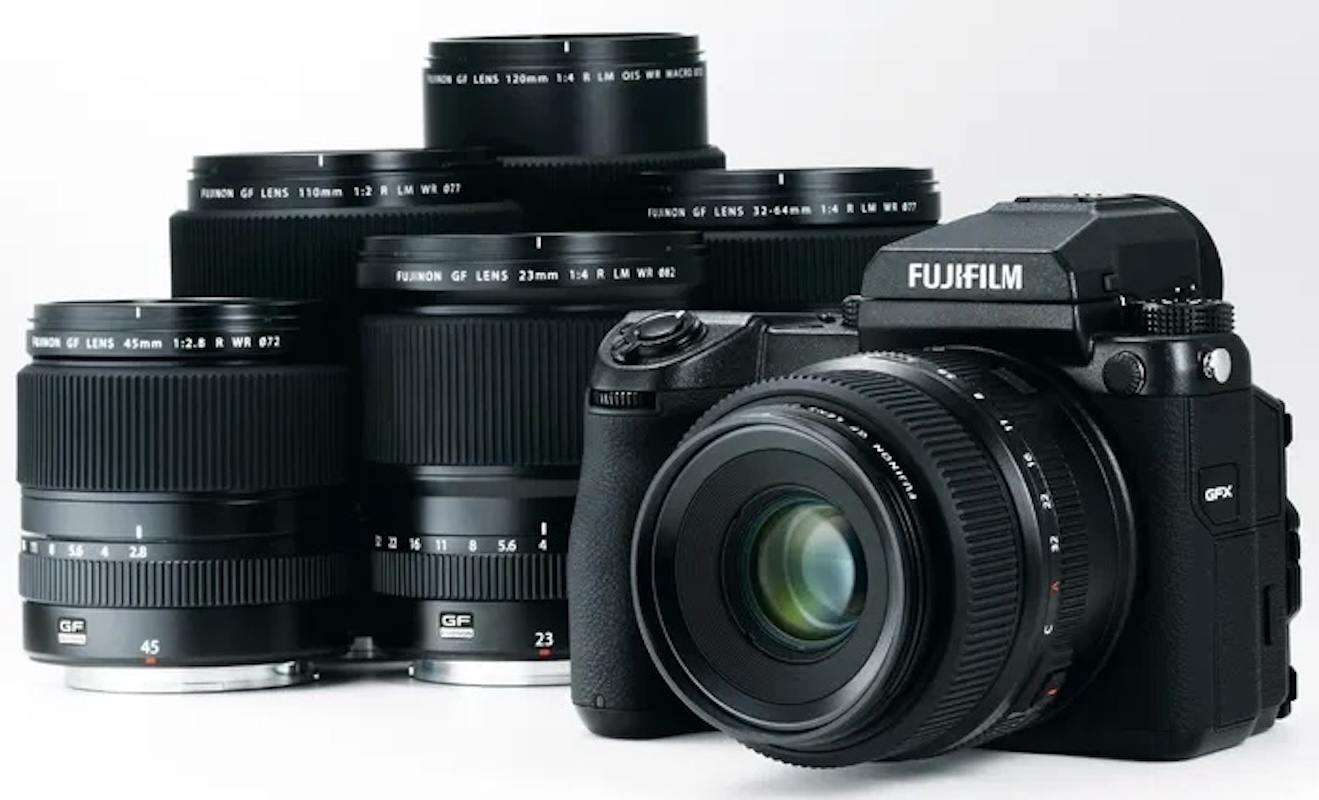
A DSLR opens the door to better image quality, more control, and room to grow as a photographer. Whether you’re a beginner or aiming to go pro, a DSLR offers flexibility that most smartphone and point-and-shoot cameras just can’t match.
Superior image quality
Bigger sensors mean more light, better detail, and richer colours. You get sharp images even when cropping or printing in large formats.
Low-light performance
Crank up the ISO on a DSLR, and you can shoot in darker settings with less grain or noise. The low-light performance and manual ISO of DSLR cameras makes them great for indoor events or evening landscapes.
Creative control
Want to shoot in black and white? Create silky-smooth waterfalls? Capture star trails in the night sky? DSLRs give you the tools and flexibility to experiment with different techniques. You also get advanced features like RAW shooting for maximum editing flexibility, bracketing for HDR images, and custom modes to save your go-to settings.
Lens and accessory ecosystem
DSLRs come with a massive ecosystem. As the industry standard for over 20 years, you can pick from a wide range of lenses made by the camera brand itself or trusted third parties like Sigma and Tamron. Best Buy’s photography lens guide is the perfect place to start your research if you’re building out a DSLR camera kit. Want more lighting control? Add an external flash. Need stability? Grab a tripod. Filters, remotes, battery grips—it’s all out there to help you get the shot you’re envisioning.
If you’re just starting your kit as a beginner, make sure to read up on the 9 must-have accessories that every photographer needs in their camera bag.
Durability and reliability
Many DSLRs are rugged and weather-sealed, making them ideal for travel or outdoor use. They’re built to last, with proven technology. Make sure to check out the description of the camera you’re looking at for specific details, especially if you plan to shoot in rough weather conditions.
Proven longevity
Even a five-year-old DSLR can still take incredible photos. And since lenses are typically compatible across generations, you can upgrade your camera body as technology advances and keep your lenses.
Common drawbacks of DSLR cameras
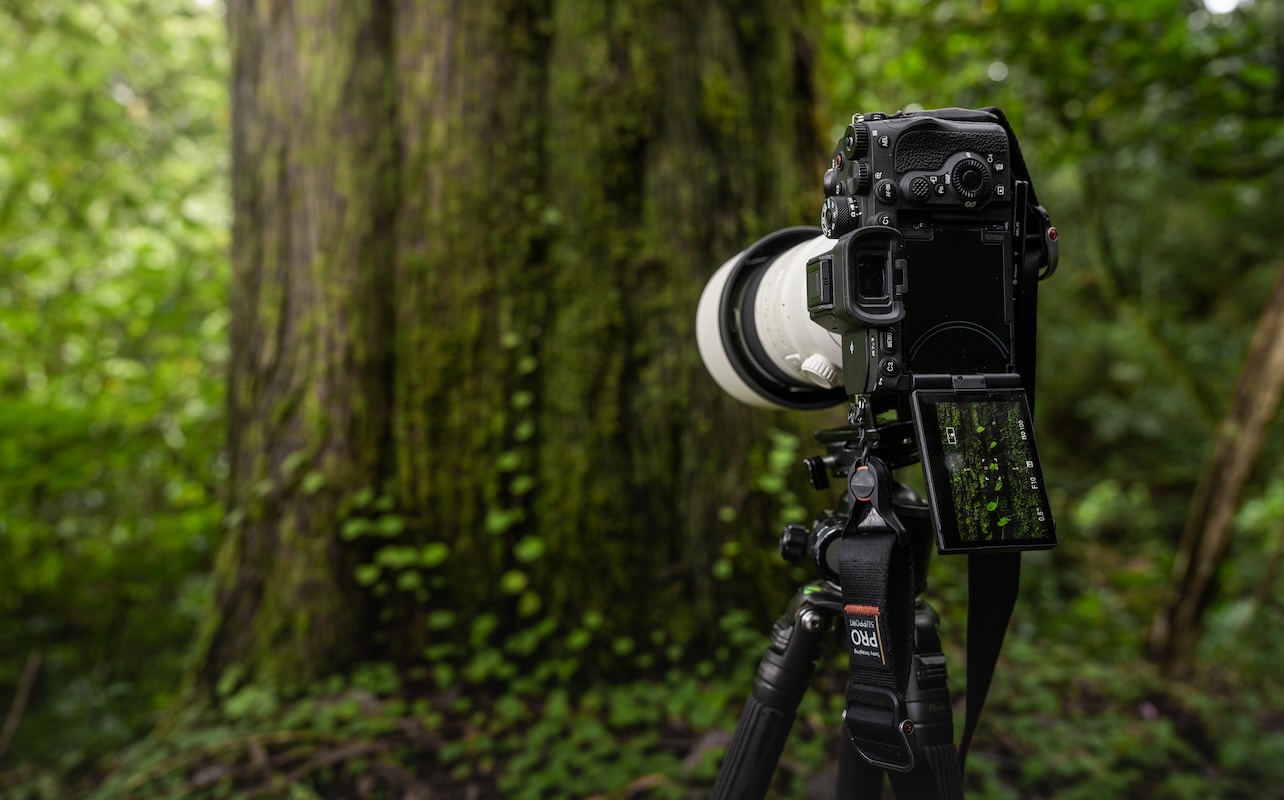
Despite their power and flexibility, DSLRs aren’t perfect for everyone. Much like how a wand chooses its wizard, the right camera body is different for every photographer. Here are some common trade-offs to keep in mind.
Size and weight
DSLRs are bulkier than phones, point-and-shoots, and most mirrorless cameras. They’re great cameras that can produce images at a very high resolution, but they’re also heavy. If portability is one of your priorities, you might prefer a compact mirrorless camera setup.
Learning curve
All those buttons, dials, and technical terms like “f-stop” can feel overwhelming at first. If you’re new to photography, there’s a lot to learn when it comes to using your DSLR and filling out your kit. But don’t worry—you don’t have to learn it all at once! Start with auto mode and grow your photographic skill from there.
Noise and mechanical complexity
You know the satisfying shutter click that we associate with cameras? That’s the sound of a mirror and shutter moving inside of a DSLR. Some folks love it. Others find it distracting, especially in quiet settings. As with any mechanical component, the presence of a mirror means that DSLRs can have a bit more of a maintenance over time than other camera types.
Fewer video-focused features
While many DSLRs shoot great HD or even 4K video, they sometimes lack the advanced video tools found in newer mirrorless models—like in-body stabilization or advanced autofocus during recording.
Ongoing investment
Lenses, bags, cleaning kits, filters—it can add up. But you don’t need everything right away. As you would with a mirrorless camera, think of building your DSLR kit as something that happens over time. Start with a great camera body and lens, then add accessories and additional lenses to up your photographic game as your skill level increases.
DSLR vs. mirrorless cameras
Mirrorless cameras are the hot topic of the camera world right now, and for good reason. Compared to DSLRs, mirrorless cameras are lighter, often better for video, and have fast electronic viewfinders. But DSLRs still shine in battery life, ruggedness, and availability of affordable used gear. They’re a great choice for achieving professional-level results when you’re starting out on a budget, and their rugged builds make them more ideal for shooting in outdoor environments like the mountains, bog, or desert.
Want to compare the two in depth? Check out our guide: Mirrorless vs. DSLR: which is right for your creative journey?
How to choose the right DSLR camera
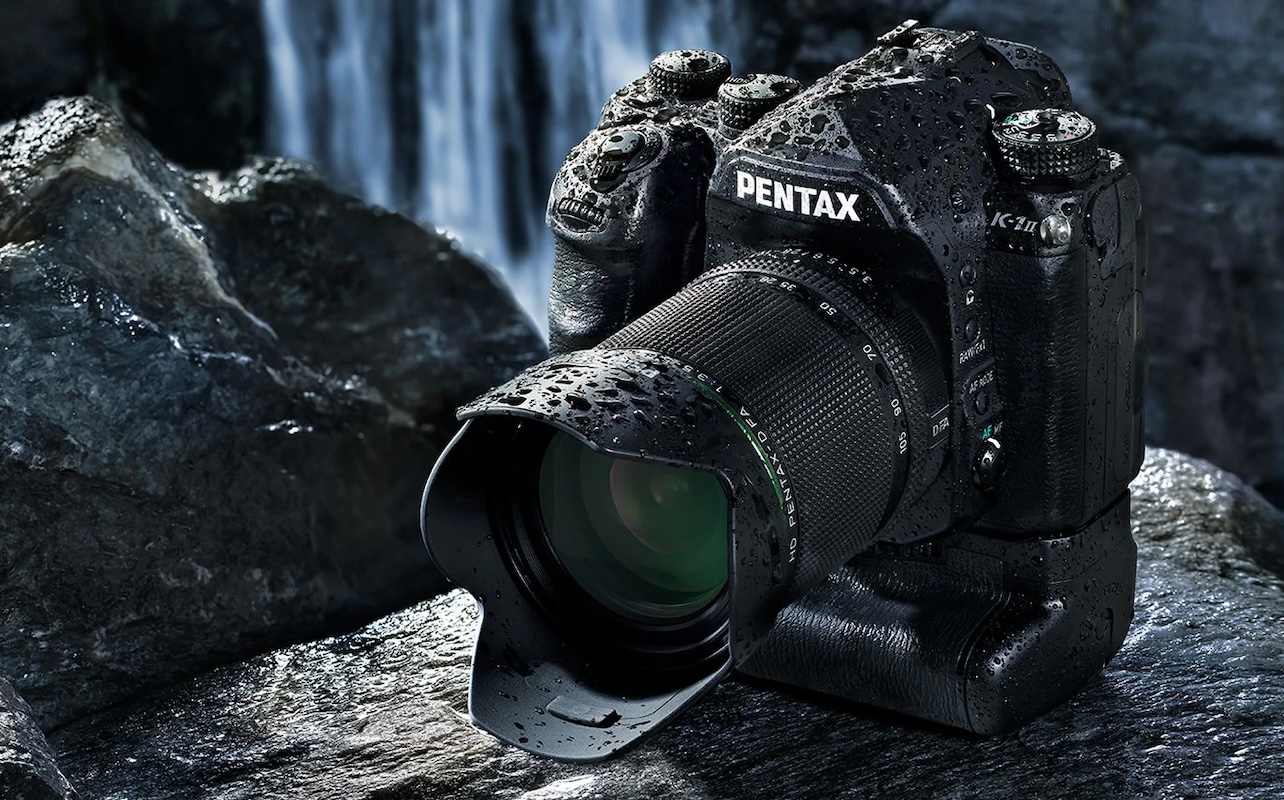
Here’s a breakdown to help you pick what camera type suits you best.
Entry-level vs mid-range vs professional photography
- Entry-level: Lightweight, user-friendly, and budget-friendly, entry-level DSLRs are great for beginners just learning the ropes. You’ll still get great image quality without overwhelming complexity.
- Mid-range: Mid-range DSLRs offer more manual control, better autofocus systems, and more durable builds, making them ideal for hobbyists or intermediate shooters who want to step up.
- Professional: With full-frame sensors, fast shooting speeds, advanced features, and weather-sealed bodies, professional DSLRs are built for demanding work in any environment.
Popular DSLR brands
- Canon: Known for colour science, intuitive menus, and a huge lens library, Canon DSLRs are perfect for beginners and pros alike.
- Nikon: A favourite among enthusiasts and pros, Nikon DSLRs have great ergonomics, top-notch image quality, and excellent low-light performance.
- Pentax: Pentax cameras punch above their weight with rugged, weather-sealed bodies and good value. These DSLRs are ideal for outdoor shooters on a budget.
Buying considerations
What’s your budget? Are you shooting portraits, sports, travel, or family moments? Do you plan to upgrade over time? A camera that fits your current needs and has room to grow is a smart investment. It ensures you’re not just buying for today—but for where your skills might be six months or a year down the road. Choose something that suits both your budget and goals.
Recommended accessories
To get the most out of your DSLR, a few well-chosen accessories can make a big difference:
- Extra lenses: To suit your shooting style
- Camera bag: Protect your gear and stay organized
- Tripod: For low-light or long-exposure shots as well as selfies and group photos
- SD cards: For storing your images. Make sure to opt for at least a Class 10 or UHS-I SD card—you’ll need something that can keep up with your DSLR
- External flash: For better lighting indoors and fill lighting outdoors
- Cleaning kit: Keep your lens and sensor dust-free
Final thoughts: Is a DSLR camera right for you?
A DSLR is a powerful, flexible camera system that gives you excellent image quality, full creative control, and access to a deep ecosystem of gear. While there are some trade-offs in size and complexity, many beginners find the learning curve of using a DSLR rewarding and the results worthwhile.
If you’re serious about learning photography and want to invest in a camera that can grow with you, a DSLR or mirrorless camera is a fantastic choice. With features like interchangeable lenses, larger sensors, and advanced autofocus systems, DSLRs enable photographers to capture stunning images from vibrant landscapes to dynamic motion shots and expressive portraits. These capabilities allow for greater creativity and precision, ensuring that every photo truly represents your vision as a photographer.
Ready to make the leap? Browse DSLR cameras and bundles at Best Buy Canada and find the setup that was made for you.
This article was drafted using AI technology and then reviewed, fact-checked, and revised by a member of our editorial team.






Excellent article explaining what a DSLR camera is and how it differs from mirrorless options. The breakdown of features like interchangeable lenses, manual controls, and sensor performance is really helpful for beginners.
At Photo Background Remove (PBR)
, we often work with DSLR-shot product images — and understanding how these cameras capture detail truly helps in achieving precise, high-quality edits. Great post!